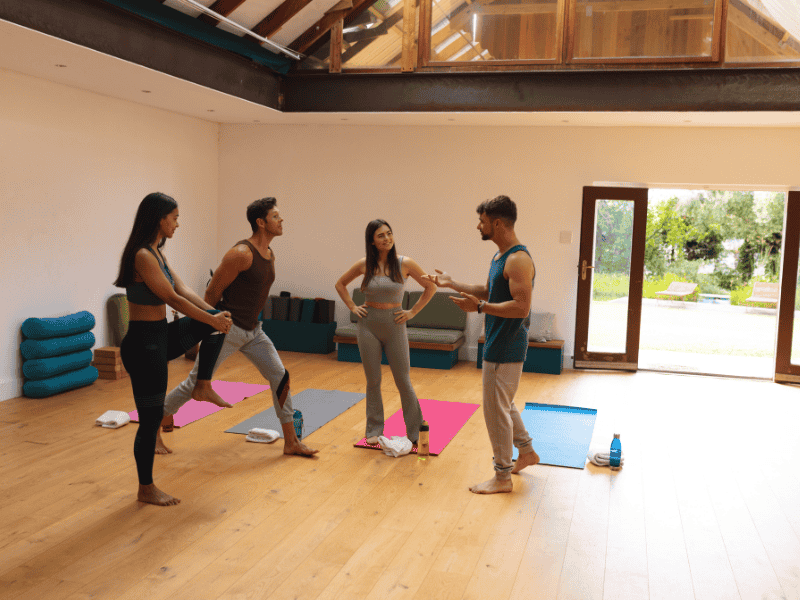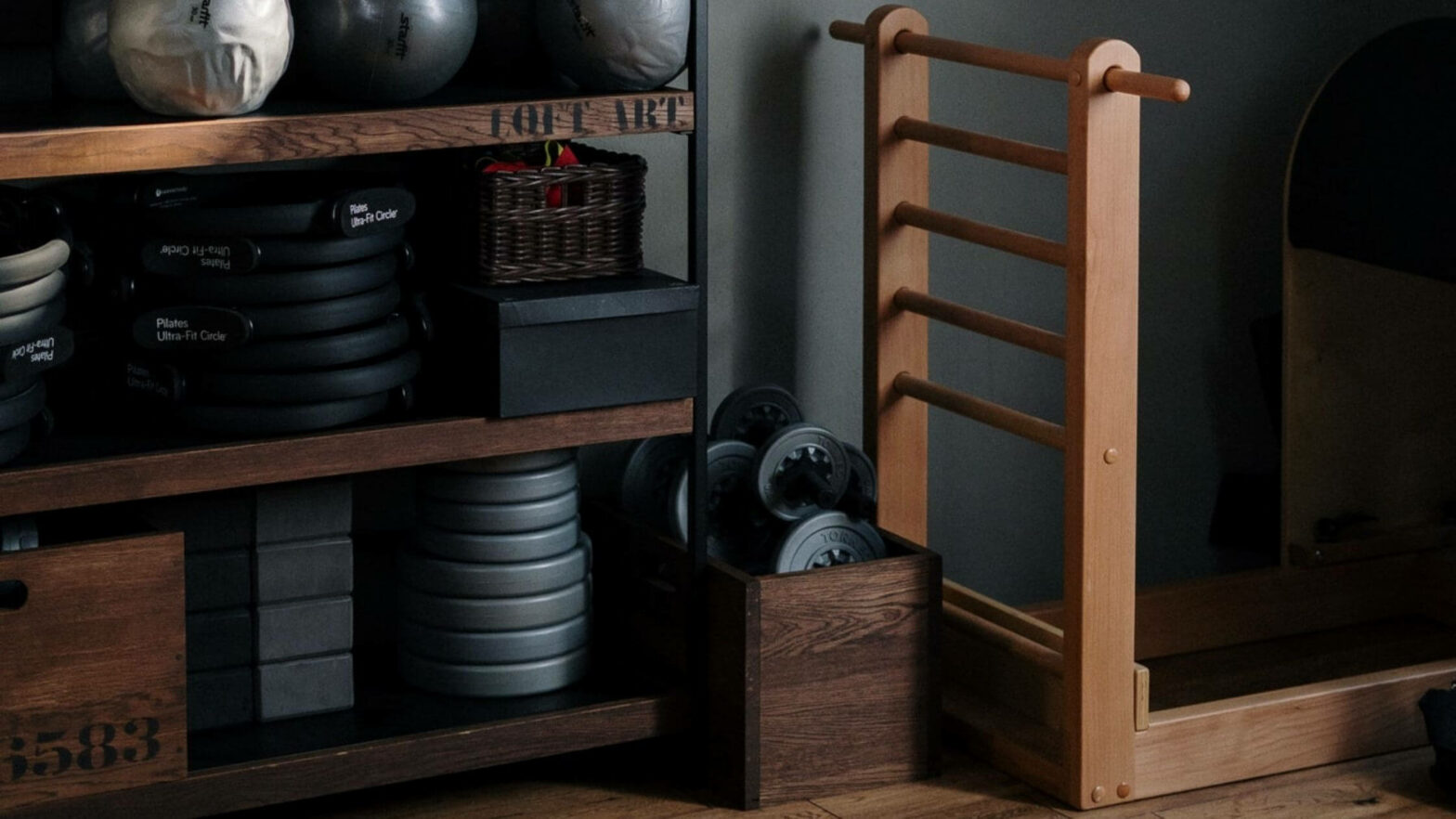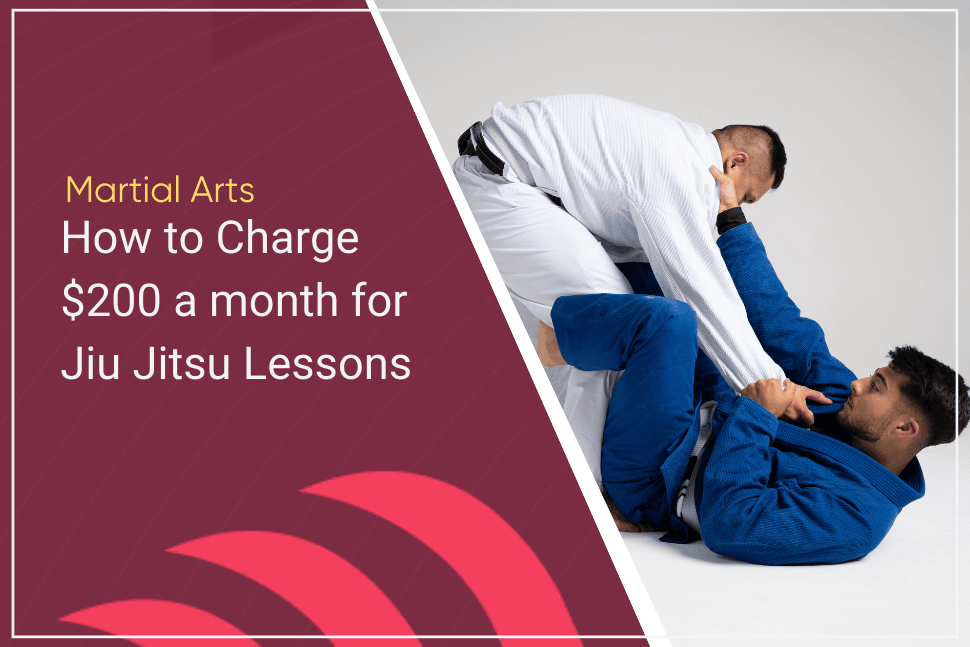In general, yoga studios can put up higher profit margins than other fitness businesses because they avoid the cost of purchasing and maintaining equipment. However, start-up costs are still a sizable chunk of money and extra income can help the business to be profitable sooner. Additionally, finding additional revenue streams for your yoga studio can give you more money to put back into the business. A yoga studio’s main income comes from memberships and drop-in fees, but it can be helpful to add on one or more of these additional streams.
Are there any ways for yoga studios to earn additional revenue? There are several ways for yoga studios to increase their income through additional streams, including offering different fitness classes, selling merchandise, and monetizing your business’s social media pages. Many of these additional services require little to no financial investment. Keep in mind that focusing on any supplemental income will inevitably take time away from running the yoga studio.
Additional Revenue Streams for Yoga Studios
To earn extra income at your studio, you can add one or more of these additional revenue streams to your business. Some require more time or financial investment but may offer a larger payoff in the end.
Additional Fitness Classes
When you are not offering your yoga classes, your space can be used for other fitness classes. Zumba and dance cardio are great options because they do not require any equipment. It is up to you if you want to offer these classes as part of your gym/memberships or if a freelance instructor is just using your space for their classes. Either way, you are bringing in income during times when your studio was not being used.
Make sure you check with your insurance provider to ensure that your business is covered to offer these types of classes. For many insurance policies, your coaches or instructors need to be certified in whatever movements they are coaching. This may require you or your teachers to get additional certifications if your studio is the one offering these classes.
Corporate Wellness
Getting into corporate wellness can be a huge money-maker for any fitness business. Larger companies often have a sizable budget to spend on employee wellness initiatives. These programs are run through the human resources department or a wellness team.
Your studio can offer seminars on the importance of fitness, chair yoga for people who sit at desks all day, or mindfulness lessons. Additionally, you can offer yoga classes at the business before work, during lunch, or after work.
Some fitness business owners have grown extremely profitable businesses just focusing on corporate wellness partnerships. To find clients, reach out to local businesses and explain what you can offer to them.
Retail and Food/Beverage Sales
Larger gyms tend to have a small retail space with apparel, water bottles, and other useful items. They may also have a selection of protein powders, supplements, energy bars, and healthy foods. Even a small yoga studio can also offer these products. This can improve your yoga studio’s profit margins.
Consider selling branded apparel (which doubles as marketing around town), beautiful yoga mats, and yoga accessories. If you are interested in food and beverage sales, juices, electrolytes, and energy bars all make sense in a yoga studio. Your members will love the efficiency of grabbing a snack at the studio after their class.
Monetize Social Media
This revenue stream can take a bit longer to get moving, but there is big money to be made on the internet. You can film your instructors as they lead classes and post these videos on YouTube. Small clips about certain poses, how to breathe during yoga, and other helpful topics can become viral TikTok videos or Instagram posts.
You will need to build at least a small following before there is an opportunity to make an income on social media. YouTube has requirements for how many videos you have and how many “watch hours” your channel has accumulated before you are eligible for advertisement revenue. Many brands have large budgets for working with yoga influencers on Instagram and TikTok. You could have the opportunity to work with yoga apparel or equipment companies and bring in some extra income.
Relaxation Offerings
Many members choose yoga not just for fitness but also as a way to de-stress and relax. Some athletes use yoga as their recovery workouts while many people do yoga exclusively. If you have the space in your studio, you can add relaxation and recovery offerings to increase your income.
A massage room would make sense at a relaxing yoga studio. You can hire a massage therapist and handle the massage clients yourself. Or, you can allow a massage therapist to use the space and the two of you can negotiate how the income is split. Just remember that to offer massage within your business space, they will need to be appropriately licensed.
A cold tub, infrared sauna, and/or hot tub are also amenities to create a full-service relaxation business. These services can be an add-on to memberships or can be priced as single-use experiences.
If you do add spa-like equipment to your studio, your business may need additional permitting from your local municipality. Check with your governing body to confirm what these permits entail. For some areas, you will need to provide appropriate locker room spaces.

Plan Yoga Retreats
Yoga retreats are growing increasingly popular. They offer attendees the opportunity to fully disconnect from life for a few days and focus on health and happiness in a beautiful location. A majority of these retreats take place over 3-7 days in a tropical location. Let’s be honest, who wouldn’t want the opportunity to make some extra income while on vacation?
You can work with a retreat company or a travel agent to put these trips together. As the instructor, your travel and accommodations are usually complementary and you will split the income with the organizer and the host resort.
You can offer these retreats to your existing members, but if your membership base is not large enough, you may need to advertise elsewhere. Technically, anyone in the world can attend your destination retreat if they find out about it. It can be nice to heavily advertise in your local area, because attendees may then become members of your studio.
A Quick Reminder
There is plenty of money to be made by adding any of these additional revenue streams. It can be easy to get caught up in trying to incorporate all of these suggestions into your business. Remember that your studio and your members are the priority. Your additional streams don’t matter if you are not operating a quality studio and providing excellent yoga classes.
Income is important because the reality is that we all need money to survive. As with any small business, fluctuating income and uncertain futures can lead to stress around money. Put your energy and time into building up your yoga studio and if necessary (and if you have the capacity), consider adding one or more of these revenue streams.
Frequently Asked Questions
How much money can you make owning a yoga studio?
Yoga studio owners make on average a little over $7,000 per month or around $86,000 per year. These amounts can vary based on your location, the size of your studio, and your additional revenue streams.
How can yoga teachers make extra money?
Yoga teachers can make extra money by working at multiple studios, offering online classes, and working in corporate wellness. An advanced teacher can also make extra money by teaching new yoga instructors.
How much does it cost to start a yoga studio?
It can cost between $15,000 and $100,000 to open a yoga studio. The total cost includes deposits on your studio space, renovating the studio, registering your business, purchasing any necessary equipment, and getting insurance coverage.
Final Thoughts
Just running a yoga studio is a full-time job. However, additional revenue streams, like retail sales and corporate wellness, don’t require much time investment to get started. By adding these additional streams, your business has the opportunity to grow faster or get into the black quickly after opening.
 Gym Owner Statistics: The State of Gyms, Member Trends, and Usage Data
Gym Owner Statistics: The State of Gyms, Member Trends, and Usage Data




 EN (English)
EN (English)
 JA (日本語)
JA (日本語)